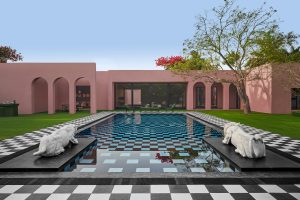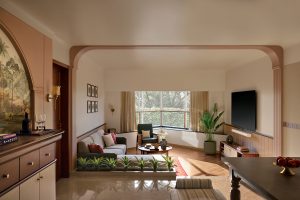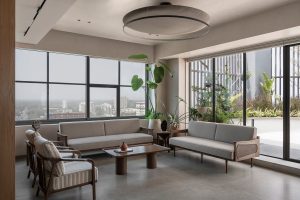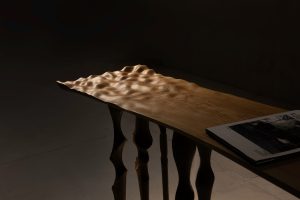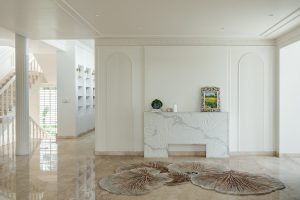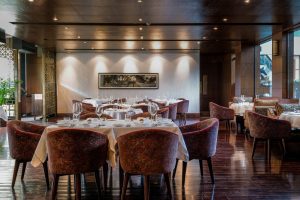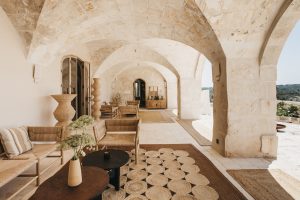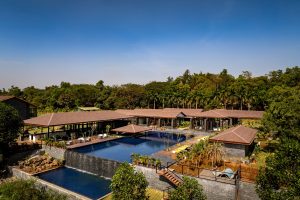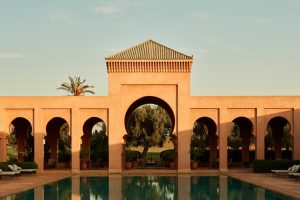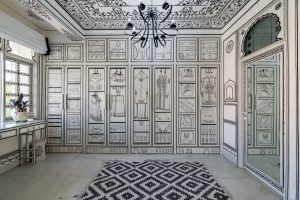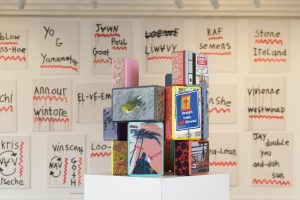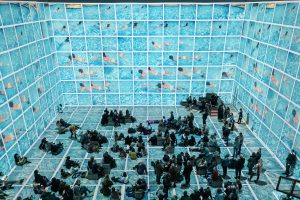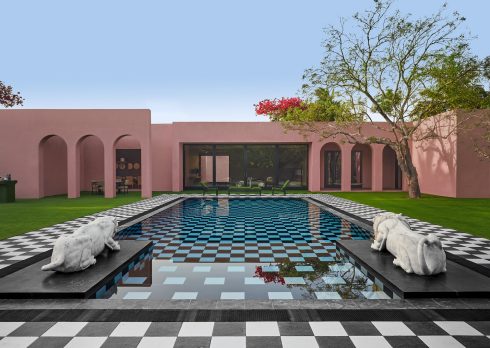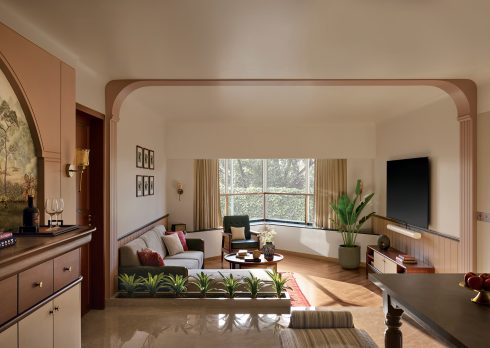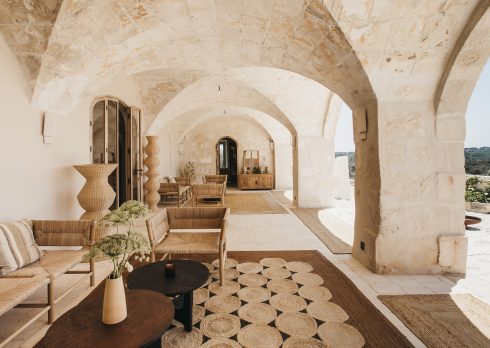Restoring A Mumbai Icon: How The David Sassoon Library Regained Its Former Splendour
In an age when towers puncture the stratosphere of Mumbai’s built environment and the city’s last surviving heritage homes and green spaces stand in their lofty shadows, the tenacity of Kala Ghoda lingers on. The heritage precinct in the heart of Mumbai’s financial district Fort remains steeped in history, thanks to stringent regulations and the unrelenting support of the Kala Ghoda Association (KGA). From the CSMVS museum and Flora Fountain to Elphinstone College and the Knesset Eliyahoo synagogue, historic structures built over a century ago, many even restored to their former glory, abound in this neighbourhood. Like most old cities of the world and their gentrified spaces, Mumbai too has its own ‘cool quarters’ in the form of the crescent-shaped Kala Ghoda, home to the NGMA and Jehangir Art Gallery, the best in design and dining, and luxury fashion flagships.
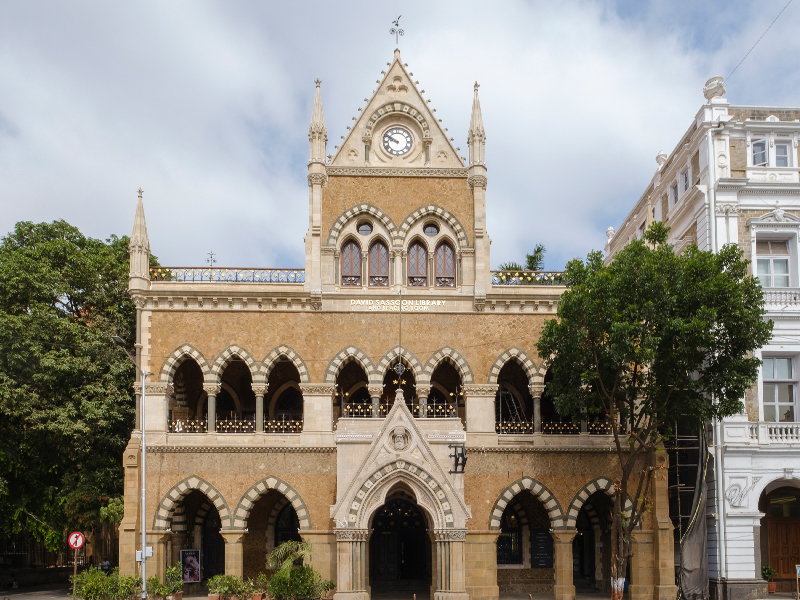
The David Sassoon Library & Reading Hall, one among these iconic architectural gems, sits across the ‘Spirit of Kala Ghoda’, the iconic black horse installed in 2017 to replace the original sculpture now relocated to the city’s zoo nearby. Overlooking the busy Kala Ghoda square, it is one of the oldest surviving libraries and among the first structures to be built in this vibrant neighbourhood in 1867 through the generous endowment of Baghdadi Jew merchant David Sassoon. Over the years, the library has seen students and researchers, bankers and traders immersed in its extensive collection of books and manuscripts for hours on end. Many even choose to browse newspapers on the balcony. During the annual Kala Ghoda Arts Festival, the reading room plays host to literary sessions where a festive air replaces the peace and quiet of the quotidian. It is also a Grade I Heritage Building and one of the oldest educational institutions in the Victorian Gothic and Art Deco Ensembles of Mumbai UNESCO World Heritage Site.
Like all historic structures of a certain vintage, the city’s 156-year-old architectural gem was in dire need of restoration due to the ingress of water over time. Besides leakages and peeling plaster walls, it was time for an upgrade suited to the structure’s sensitive nature. The tremendous undertaking was conceptualised and implemented by Sangita Jindal, Chairperson of JSW Foundation, the social development arm of JSW Group, in collaboration with Abha Narain Lambah Associates and a slew of technical experts. Aside from securing India’s foremost conservation architect, JSW Foundation roped in donors including ICICI Foundation, Hermés and Kala Ghoda Association, among others.
“The building demonstrates one of the earliest examples of urban controls in Mumbai, wherein, all the buildings had to incorporate a ground floor pedestrian arcade. The small but graceful Neo-Gothic building shows an aesthetic blend of different types of stone. Typically, demonstrative of the 19th-century eclectic architecture of Mumbai, the building reflects the Venetian gothic style propagated by Pugin and Ruskin,” says Jindal, who has been at the forefront of heritage conservation and patronage of the arts.
Also read: Mary Budden Estate: A 19th Century Luxury British Property In Binsar, Uttarakhand
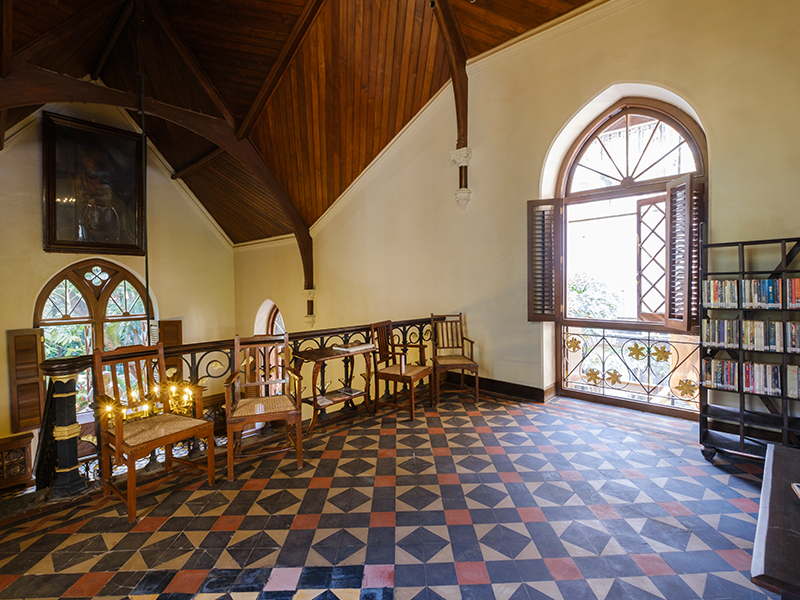
A critical aspect of this project was the restoration of the original roof of the reading room on the first level. When the library was last renovated in 1997, a reinforced cement concrete slab replaced the original gabled roof, perhaps as an easier means of maintenance. But, with the development of leakages over time, the concrete slab itself warranted a strategic demolition. In its place, an MS framed portal roof was erected with multiple layers of waterproofing.
Also read: Tracing The Glorious History Of Art Deco In Bombay With Walkitecture
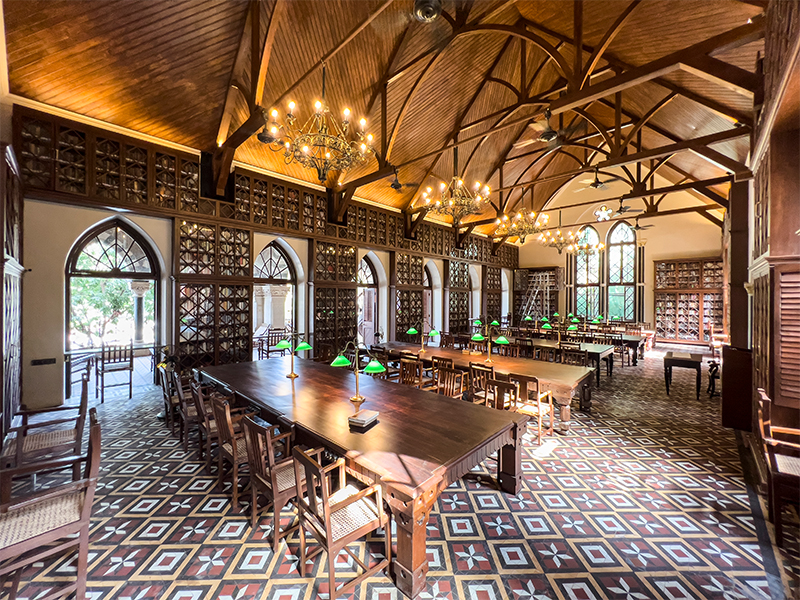
An exhaustive study of archival material on the building revealed original details like the cresting and finials, while restoration efforts extended to that of the building’s Burma teak wood ceilings and rafters. “We quite naturally did not want to undertake reconstruction that wasn’t based on hard evidence. There were old photographs from the 19th century which indicated that the building had a sloping (gabled) roof. We also noticed that when we looked at the gabled wall, it had two windows that were truncated; the arch and entire gabled end had been demolished to account for the flat slab. We also found some watercolour drawings of the building that helped us gauge the design,” explains Lambah, a conservation architect.
Most of the grill work is original wrought iron work that had fortunately survived, says the conservation architect who, like Jindal, is also a founding member of the Kala Ghoda Association. Yet another vital aspect of the David Sassoon Library’s restoration includes the recreation of the original flooring comprising a mosaic of tiles imported from England during the 19th century. Starting from the entrance foyer extending to the first floor’s Reading Room and verandah, a significant part of its original Minton tile flooring was retained with the original patterns of the flooring restored with utmost care.
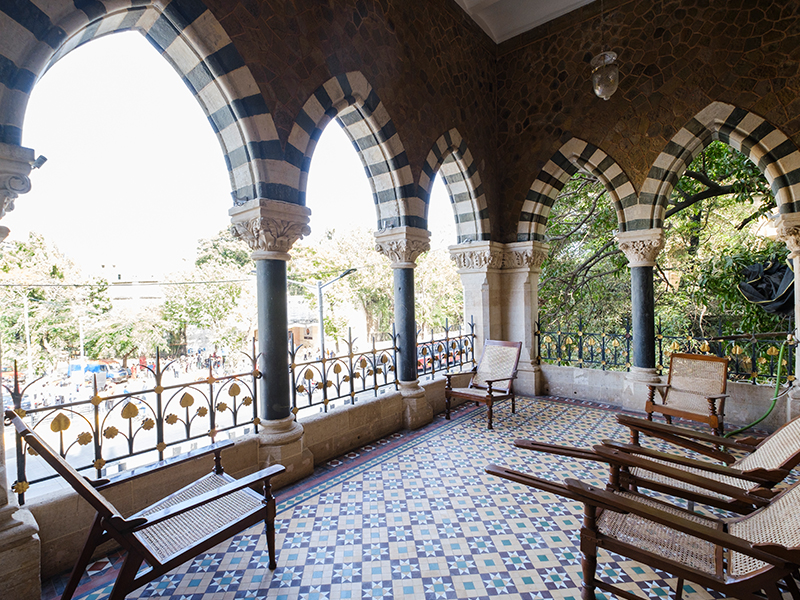
“When the library got in touch with me and said that they had wanted me to take a look at it, we found that there was a need to look at it holistically,” says Lambah. This is the reason for which the project included the restoration of period pieces of furniture that reflect a rich legacy of the past. “There was a lot of mismatched furniture and ad hoc shelves added in recent years. We learned that the shelving in the reading room was not of the original period and was of a later vintage,” she elaborates. Now, not only have the shelves, some floor-to-ceiling, been refurbished, but the solid teak tables with Gothic elements and other pieces of furniture inset with handmade ceramic tiles have also been restored to their former glory.
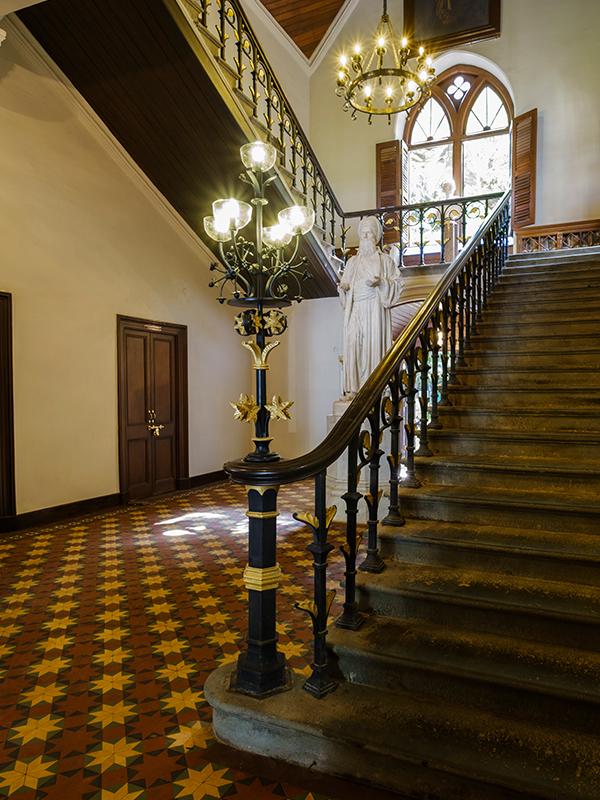
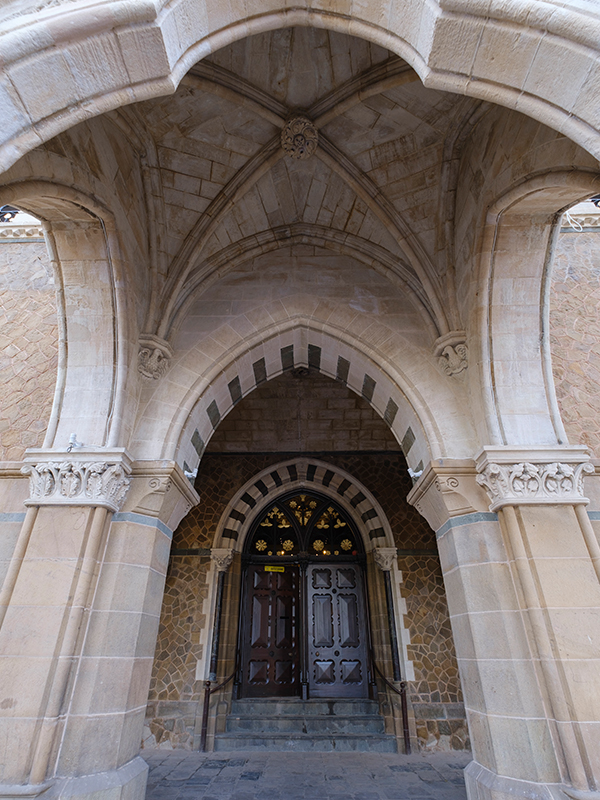
The David Sassoon Library’s magnificent façade was restored using gentle processes like stone-cleaning, pointing, and protection with a sensitive façade-coating material. This includes the stone surface on the front elevation, most notably on the front porch, and the ornamental cornice bands on the first floor and terrace.
The city’s prized library might have lost tens of thousands of crucial books to leakages over the years, but the restoration and conservation project ensures no such losses in the future. With the building thoroughly sealed and made watertight, as many as 30,0000 books in English, Marathi, Gujarati, Hindi and Kannada have been rehoused. Besides, some of the oldest books on architecture and design also find a place on restored and reconstructed period bookshelves in the reading room.
Now, after 16 months and a budget of 3.6 crore, the David Sassoon Library lives on with a renewed shine.The quietude within its hallowed walls will continue to bring respite from the city’s cacophony, and will soon extend to the library grounds. The next phase will see the restoration of the library’s landscape and gardens. There are ongoing discussions between the library committee, Jindal and Lambah to establish an art gallery and to create panels that will educate visitors about this piece of architectural history. Its revival is a reminder of the value and importance of libraries as placemakers in an era already lost to screentime.
Also read: A Solar-Powered Self-Transforming Facade Regulates The Temperature At Hive

